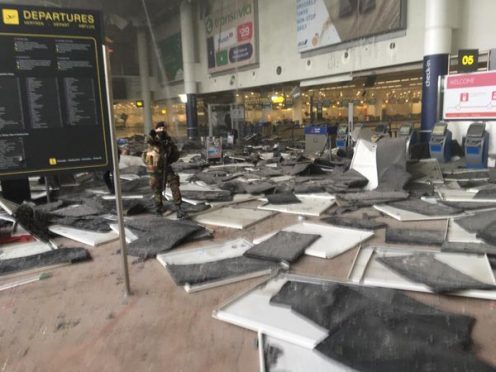The Brussels attacks would have taken “quite a while” to plan as they involved explosives and targeting an airport, an international security expert has said.
Shashank Joshi, a senior research fellow at the Royal United Services Institute, urged caution in viewing the atrocities solely as revenge for the arrest of Paris plotter Salah Abdeslam.
He said: “This would take quite a while to plan, particularly involving an explosive, involving an airport. We should be wary of seeing it purely as a retaliation for Salah Abdeslam’s arrest.”
Terrorists risk the higher security at sites like airports in a bid to gain international attention, he said.
“It is higher security than a metro stop or a concert venue. It’s an international site. It’s almost a trade-off between dealing with higher security and the number of headlines.”
Belgium’s terror threat level was only raised to the maximum level in the wake of the explosions at Brussels airport and the metro system, but Mr Joshi said it is “far too premature” to blame the country’s law and security forces.
“The maximum level can involve very costly, very burdensome measures which cannot be sustained for a long period of time. It’s like an army mobilising. Intelligence agencies and law enforcement agencies face very difficult challenges. It’s far too premature to blame them for their choices.
“Not all of these attacks are intelligence failures. It’s an intelligence failure if it was something that was known and wasn’t used, or dots weren’t connected.”
